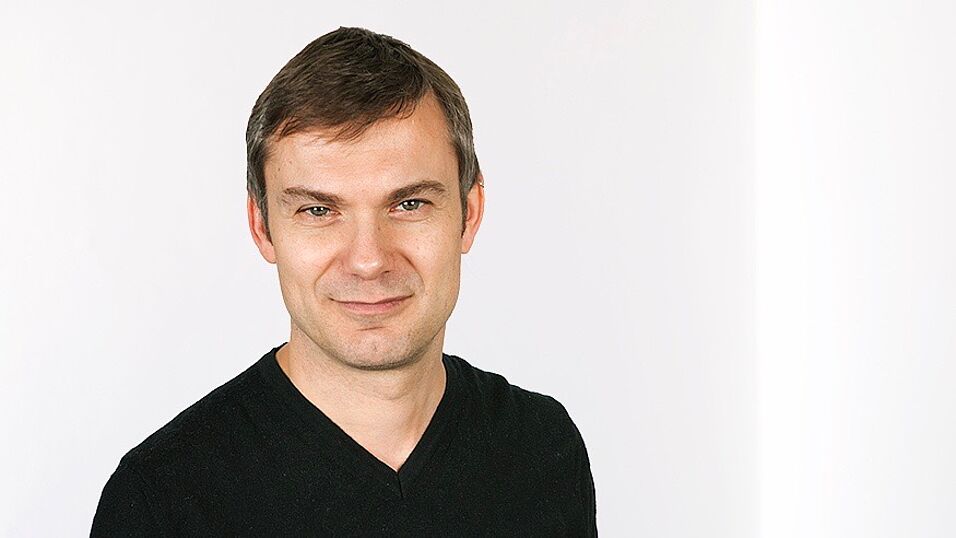Univ.-Prof. Dr. Manuel Zimmer
From connectome to function: mechanisms underlying neuronal population dynamics in the nematode C. elegans
A fundamental problem in neuroscience is to elucidate the relationship between neuronal network anatomy and its functional dynamics. The nematode worm C. elegans is an ideal model to study these problems. Its nervous system has just 302 neurons and all synaptic connections between them have been fully mapped. To capture this network’s dynamics, we developed a calcium imaging approach recording the activity of nearly all neurons in the worm brain. Our data reveal nervous-system wide neuronal population dynamics, i.e. coordinated activity across many neurons, that are reminiscent of a limit-cycle attractor. We further characterized these dynamics and found that they represent commands for action sequences that evolve over relatively long time-scales, and which hierarchically embed faster time-scale activity fluctuation in motor circuits for movement dynamics. In our current work, we take a combined graph-theoretical and experimental approach to understand which features in network connectivity are critical to produce such population dynamics. Surprisingly, we found that direct connection strength only weakly predicts how strong neurons interact. Conversely, higher order network features, such as rich club architecture, pseudo-symmetries and over-represented connectivity motifs seem critical. Guided by these analyses, we perturbed global network architecture experimentally, with the result that brain wide dynamics break down into smaller units of neuronal sub-ensembles. Based on these data, we propose that neuronal population dynamics arise as a function of dynamically active neurons that are bound to global population states via a network architecture structured by motifs, hubs and symmetries.
About the speaker
Manuel Zimmer studied Biochemistry at the Freie Universität Berlin and performed his undergraduate thesis in 1998 on neuromuscular synapse formation with Steve Burden at the Skirball Institute of Biomolecular Medicine, NYU Medical School, New York. Afterwards he moved back to Germany to perform his PhD work until 2003 with Rüdiger Klein at the EMBL-Heidelberg and the Max-Planck Institute of Neurobiology, Munich. Here, his research focused on the signal transduction mechanisms for axon guidance during neuronal development. From 2004-2010 he performed his postdoctoral studies with Cori Bargmann at the University of California, San Francisco and the Rockefeller University, New York. Here, he developed lab-on-a-chip and calcium-imaging techniques to investigate the chemosensory mechanisms by which animals sense oxygen in the environment. Since 2010 he lives in Austria where he took up a position as an independent group leader at the Research Institute of Molecular Pathology in Vienna. Since 2018 he is a full professor of Neurobiology at the University of Vienna. Prof. Zimmer’s current research is focused on how neuronal network dynamics in the brain of C. elegans process the sensory world and generate behaviors used for foraging and navigation.

